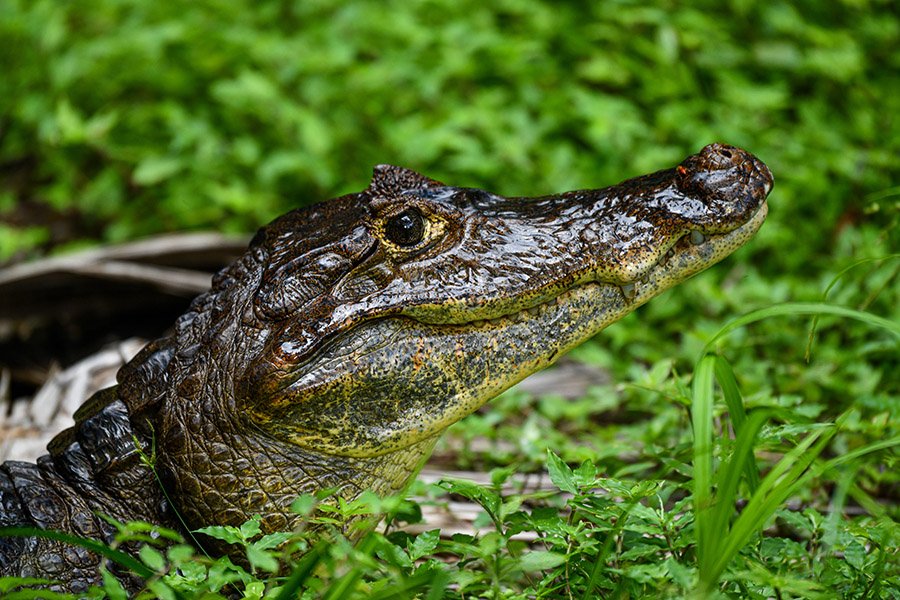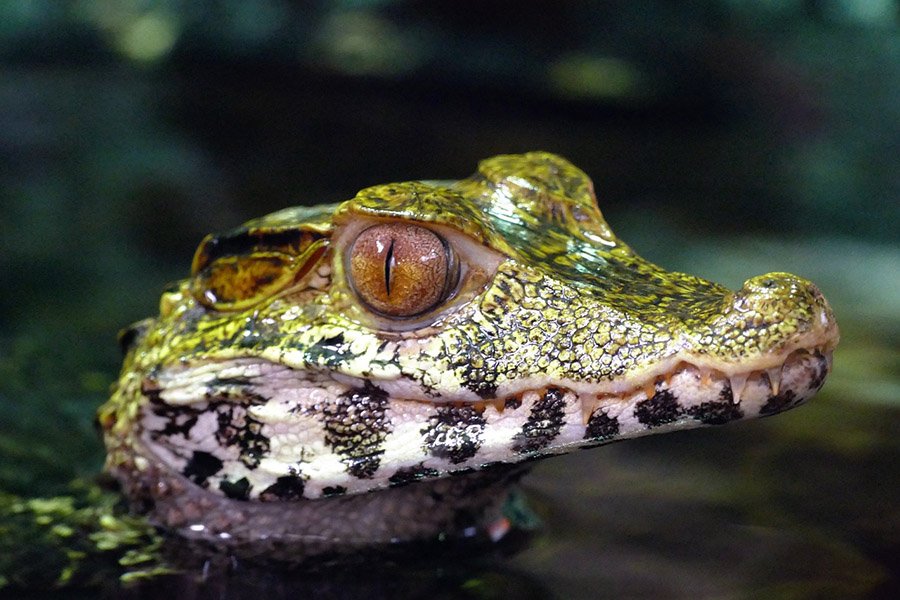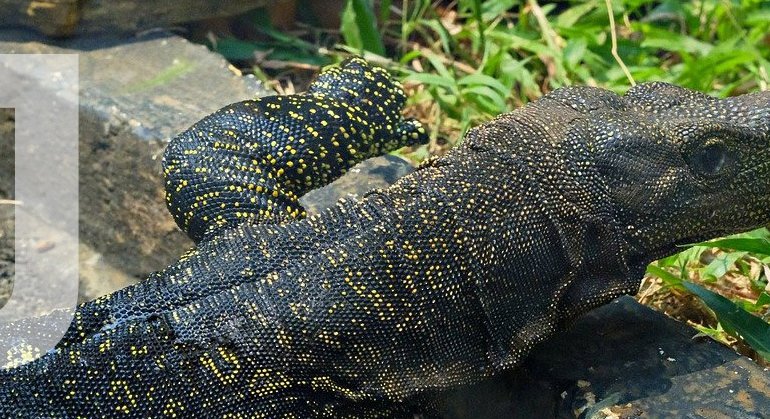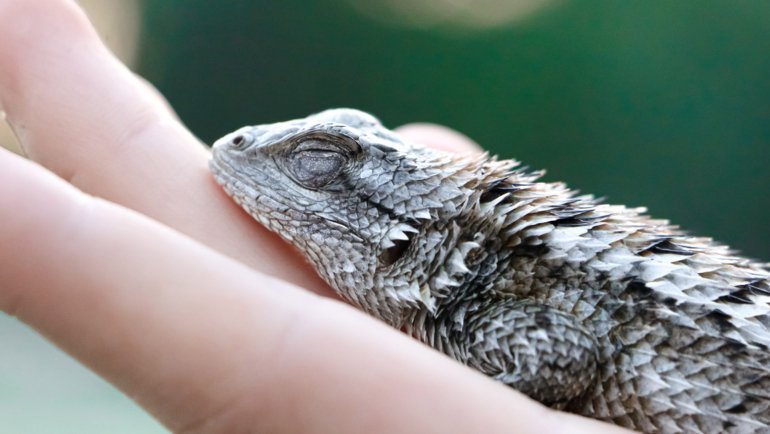Welcome to the fascinating world of caimans, close relatives of alligators and crocodiles! These fascinating reptiles are native to Central and South America and are a key part of the ecosystem, acting as both predators and scavengers.
This fact sheet aims to provide you with an in-depth look at these animals, including their classification, habitat, behavior, and conservation status.
The Caiman at a Glance
Classification
| Kingdom: | Animalia |
| Phylum: | Chordata |
| Class: | Reptilia (Reptiles) |
| Order: | Crocodylia |
| Family: | Alligatoridae |
| Genus: | Caiman |
| Species: | Multiple (e.g., Caiman latirostris, Caiman crocodilus, etc.) |
Essential Information
| Average Size: | 4-13 feet (1.2-4 meters) depending on species |
| Average Weight: | 65-880 pounds (29-400 kg) depending on species |
| Average Lifespan: | 30-40 years |
| Geographical Range: | Central and South America |
| Conservation Status: | Least Concern (IUCN Red List) |
Species and Subspecies
Caimans are generally divided into several species, most notably:
- Spectacled Caiman (Caiman crocodilus): Most common and widespread, identifiable by a bony ridge between their eyes, making them appear as if they’re wearing “spectacles.”
- Broad-Snouted Caiman (Caiman latirostris): Native to Argentina, Uruguay, and Brazil, this species has a broader snout which helps them catch different types of prey.
- Yacare Caiman (Caiman yacare): Known for their V-shaped lower front teeth, native to the Pantanal wetlands.
- Black Caiman (Melanosuchus niger): Largest of all caiman species, reaching up to 13 feet. They have a darker coloration, suitable for hiding in murky waters.
- Cuvier’s Dwarf Caiman (Paleosuchus palpebrosus): The smallest species, usually not exceeding 5 feet in length.
Each species has unique features and adaptations that suit them to specific habitats and lifestyles. For example, the Broad-Snouted Caiman’s specialized jaw structure enables it to eat a more varied diet, including hard-shelled mollusks.

Description
Caimans are medium to large reptiles that possess a flat body and a long, muscular tail that aids them in swimming. Their skin color can vary from olive-green to brown or even black, providing excellent camouflage in their natural habitat. They are covered in hard, bony plates known as osteoderms, which serve as armor against predators.
Their jaws are quite powerful, capable of exerting enormous pressure to capture and crush prey. The teeth are conical and sharp, suited for gripping rather than cutting. Their eyes and nostrils are located on the top of their heads, allowing them to breathe and see while the rest of their body remains submerged.
In terms of sexual dimorphism, males are generally larger and have broader heads than females. The average size varies between species but can range from about 4-13 feet (1.2-4 meters) in length. Males can weigh anywhere from 100 to 880 pounds (45-400 kg), whereas females are generally lighter, usually around 65-220 pounds (29-100 kg).
Habitat and Distribution
Caimans are predominantly found in freshwater habitats like rivers, lakes, and swamps. Their range extends from Central America, through the Amazon Basin, and down to southern parts of South America like Argentina.
Different species have specific habitat preferences; for example, the Broad-Snouted Caiman is well-adapted to both fast-flowing rivers and stagnant ponds, while the Black Caiman prefers deeper river channels.

Behavior
Caimans are primarily nocturnal creatures but can also be active during the day, especially when basking in the sun to regulate their body temperature. They are excellent swimmers and can cover long distances in search of food or a suitable nesting site.
Socially, caimans are less territorial compared to other crocodilians. They often congregate in loose groups, particularly during the dry season when water sources are limited. Larger caimans may exhibit dominant behavior but usually, they are relatively tolerant of each other.
Communication among caimans is relatively complex, involving a combination of vocalizations, postures, and jaw-slapping on the water’s surface. Baby caimans are known to communicate with their mothers through a series of chirps, particularly if they are in distress.
Interesting behaviors observed in caimans include the ‘death roll,’ where they spin rapidly to disorient and capture prey, and ‘mouth gaping,’ an open-mouth posture used to regulate body temperature.
Diet and Hunting/Feeding Behavior
Caimans are primarily carnivorous, preying on a variety of animals depending on their size and habitat. Juvenile caimans often consume insects, small fish, and crustaceans.
As they grow, their diet expands to include larger fish, amphibians, birds, and even mammals like rodents and capybaras. Some larger species, such as the Black Caiman, are capable of taking down substantial prey like deer.
Caimans employ the “sit-and-wait” approach to hunting, where they submerge themselves partially and ambush their prey. Once they grip the prey in their powerful jaws, they may perform the ‘death roll’ to incapacitate it.
They also have a specialized second set of eyelids, known as nictitating membranes, that enable them to see underwater, making them more effective hunters.
Predators
Juvenile caimans face numerous threats from predators such as large fish, birds of prey, and other reptiles. Their hard, bony plates offer some protection, but they are still vulnerable due to their small size. Adult caimans have fewer natural predators, but jaguars and anacondas are known to take down even mature caimans in some instances.

Reproduction and Life Cycle
The breeding habits of caimans vary by species but generally involve elaborate courtship displays that include vocalizations, head-slapping on the water surface, and circling each other.
After mating, the female constructs a nest made of vegetation and mud where she lays her eggs. The number of eggs varies by species but generally ranges from 20 to 40.
The gestation period is approximately 90 days, depending on the ambient temperature. The female guards the nest and sometimes assists the hatchlings to break free from their eggs. Once hatched, the young caimans are often carried to the water in the mother’s mouth. The mother will guard the young for several weeks to months, depending on the species.
While the average lifespan of caimans in the wild is about 30 to 40 years, some individuals in captivity have been known to live up to 60 years.
Conservation and Threats
The conservation status of caimans varies depending on the species. For example, the common caiman (Caiman crocodilus) and most other species are listed as Least Concern by the International Union for Conservation of Nature (IUCN), while the Black Caiman (Melanosuchus niger) is listed as “Data Deficient”, and hasn’t been properly assessed.
Threats to caimans include habitat loss due to agriculture and human settlement, pollution, and hunting for their skin and meat. Various conservation efforts are in place, such as habitat restoration and anti-poaching measures. Some species are also part of captive breeding programs aimed at boosting their numbers in the wild.
Fun Facts
- Tough Skin: Caimans have osteoderms or bony plates within their skin, which makes them less appealing to hunters compared to other crocodilians, whose skin is used to make leather products.
- Ancient Lineage: Caimans have been around for millions of years; fossil evidence suggests that their ancestors lived alongside dinosaurs.
- Adaptive Eaters: While primarily carnivorous, some caimans are known to consume fruit, making them inadvertent seed dispersers.
- Nesting Teamwork: In some species, multiple females may guard a single, large communal nest.
- Aquatic But Not Marine: Caimans are freshwater animals and are not found in saltwater habitats, unlike some of their crocodile cousins.
Frequently Asked Questions
How dangerous are caimans to humans?
Generally, caimans are shy and avoid human interaction. However, larger species, if provoked or threatened, can be dangerous.
How can you differentiate a caiman from a crocodile or an alligator?
One easy way is to look at the shape of the snout. Caimans generally have a V-shaped snout, while alligators have a U-shaped snout and crocodiles have a more pointed one. You can read our detailed article on Caiman vs. Alligator.
What’s the biggest caiman species?
The Black Caiman is the largest caiman species, with individuals reaching up to 16 feet (approximately 4.8 meters).
Do caimans make good pets?
Caimans are wild animals with specific care requirements that are difficult to meet in a home setting. They are not recommended as pets.
How fast can a caiman run?
Caimans can move surprisingly fast for short distances. They can reach speeds up to 10 miles per hour (16 kilometers per hour) on land for short bursts.




